hinoki cypress didn't make it...try again?
bossyvossy
8 years ago
Featured Answer
Sort by:Oldest
Comments (10)
davidrt28 (zone 7)
8 years agolast modified: 8 years agodavidrt28 (zone 7)
8 years agolast modified: 8 years agoRelated Professionals
Elwood Landscape Architects & Landscape Designers · Alexandria Landscape Contractors · Hartford Landscape Contractors · Fort Worth Landscape Contractors · Gurnee Landscape Contractors · Oxnard Landscape Contractors · Panama City Beach Landscape Contractors · Paramus Landscape Contractors · Pompton Lakes Landscape Contractors · Pueblo West Landscape Contractors · Stony Brook Landscape Contractors · Tustin Landscape Contractors · Washington Landscape Contractors · Whittier Landscape Contractors · Clearfield Landscape Contractorsbossyvossy
8 years agobossyvossy
8 years agobossyvossy
8 years agobossyvossy
8 years agodavidrt28 (zone 7)
8 years agolast modified: 8 years agoEmbothrium
8 years agodavidrt28 (zone 7)
8 years ago
Related Stories
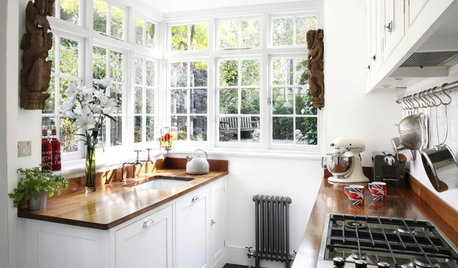
SMALL KITCHENS10 Things You Didn't Think Would Fit in a Small Kitchen
Don't assume you have to do without those windows, that island, a home office space, your prized collections or an eat-in nook
Full Story
BEDROOMS11 Things You Didn’t Think You Could Fit Into a Small Bedroom
Clever designers have found ways to fit storage, murals and even chandeliers into these tight sleeping spaces
Full Story
BUDGET DECORATING12 Ways to Make Your Home Feel New Again
Treat your furniture, walls, floors and countertops to some TLC, to give them a just-bought look for a fraction of the cost
Full Story
MOST POPULAR5 Remodels That Make Good Resale Value Sense — and 5 That Don’t
Find out which projects offer the best return on your investment dollars
Full Story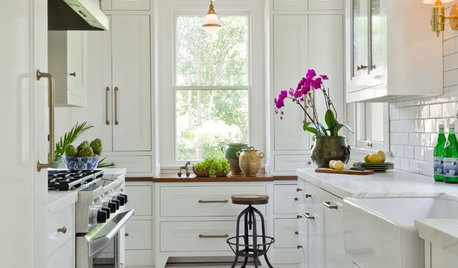
KITCHEN OF THE WEEKKitchen of the Week: What’s Old Is New Again in Texas
A fresh update brings back a 1920s kitchen’s original cottage style
Full Story
LIFELate Again? Eliminate the Things Holding You Up in the Morning
If you find yourself constantly running late for appointments, work and get-togethers, these tips could help
Full Story
REMODELING GUIDES11 Reasons to Love Wall-to-Wall Carpeting Again
Is it time to kick the hard stuff? Your feet, wallet and downstairs neighbors may be nodding
Full Story
DECORATING GUIDESKnot Again! Macrame Is Back
It's happened. A craft that typified 1970s style (the owls, the spider plants!) is back, but better
Full Story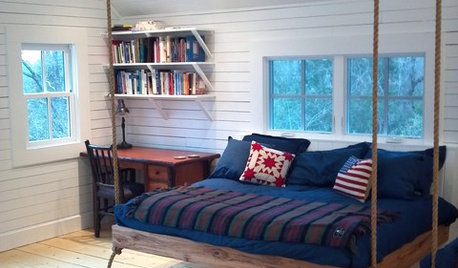
DECORATING GUIDESHemp, Hemp, Hooray! This Superplant May Be Legal Again in the USA
Hemp products are durable, sustainable, antibacterial and much more. Will the plant finally get the status it’s due in the States?
Full Story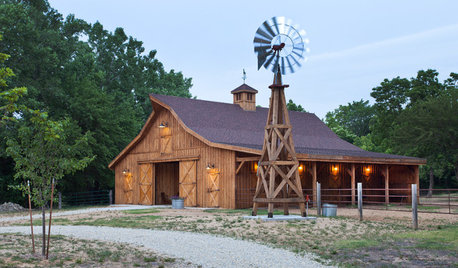
TRADITIONAL STYLEFarmhouse Style: Windmill Power Comes Around Again
Windmills helped win the West. Today these hardworking features are still winning our hearts
Full Story






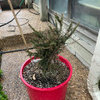

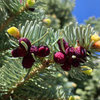


ken_adrian Adrian MI cold Z5